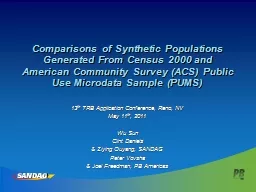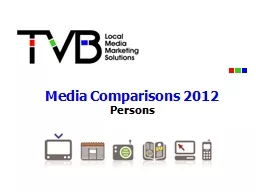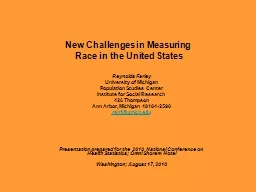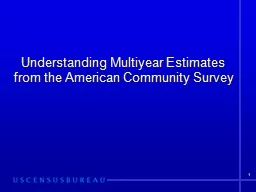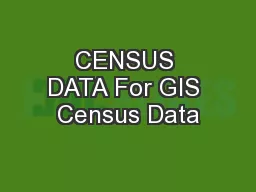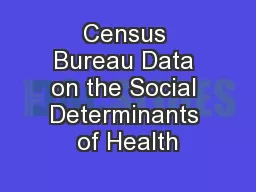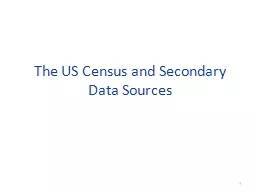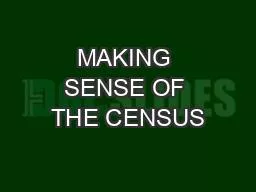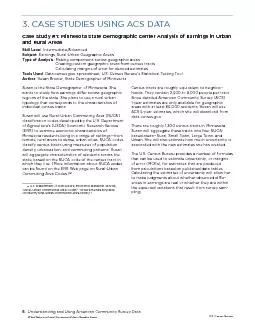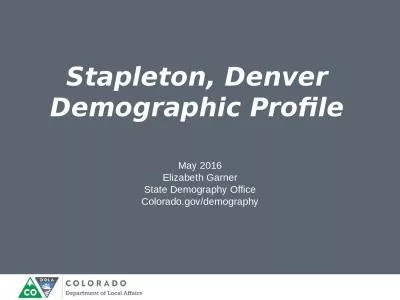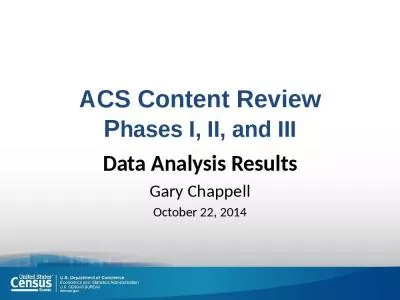PPT-Comparisons of Synthetic Populations Generated From Census 2000 and American Community
Author : freakapple | Published Date : 2020-07-01
13 th TRB Application Conference Reno NV May 11 th 2011 Wu Sun Clint Daniels amp Ziying Ouyang SANDAG Peter Vovsha amp Joel Freedman PB Americas Presentation Outline
Presentation Embed Code
Download Presentation
Download Presentation The PPT/PDF document "Comparisons of Synthetic Populations Gen..." is the property of its rightful owner. Permission is granted to download and print the materials on this website for personal, non-commercial use only, and to display it on your personal computer provided you do not modify the materials and that you retain all copyright notices contained in the materials. By downloading content from our website, you accept the terms of this agreement.
Comparisons of Synthetic Populations Generated From Census 2000 and American Community: Transcript
Download Rules Of Document
"Comparisons of Synthetic Populations Generated From Census 2000 and American Community"The content belongs to its owner. You may download and print it for personal use, without modification, and keep all copyright notices. By downloading, you agree to these terms.
Related Documents

